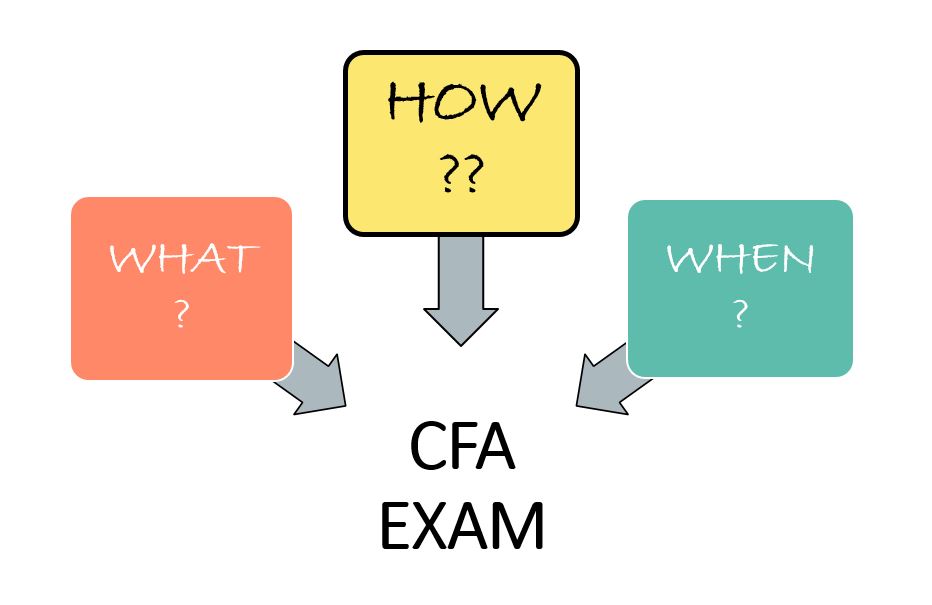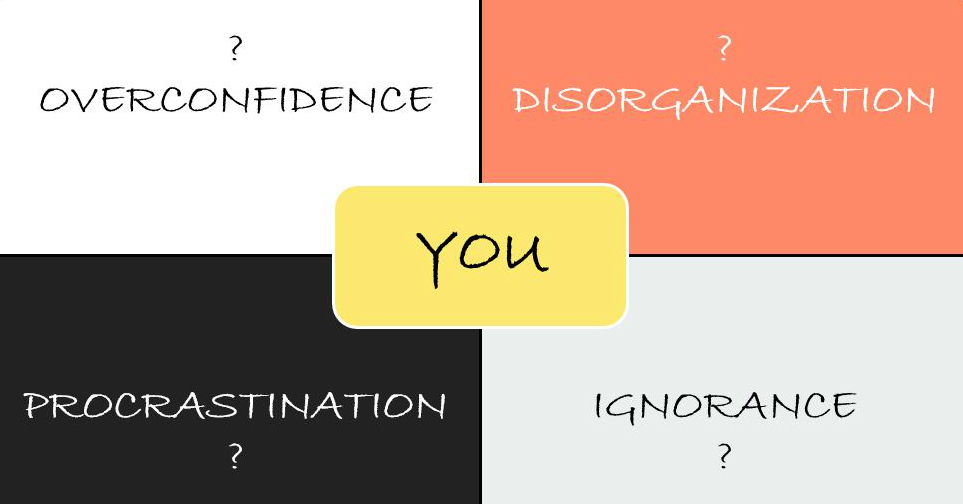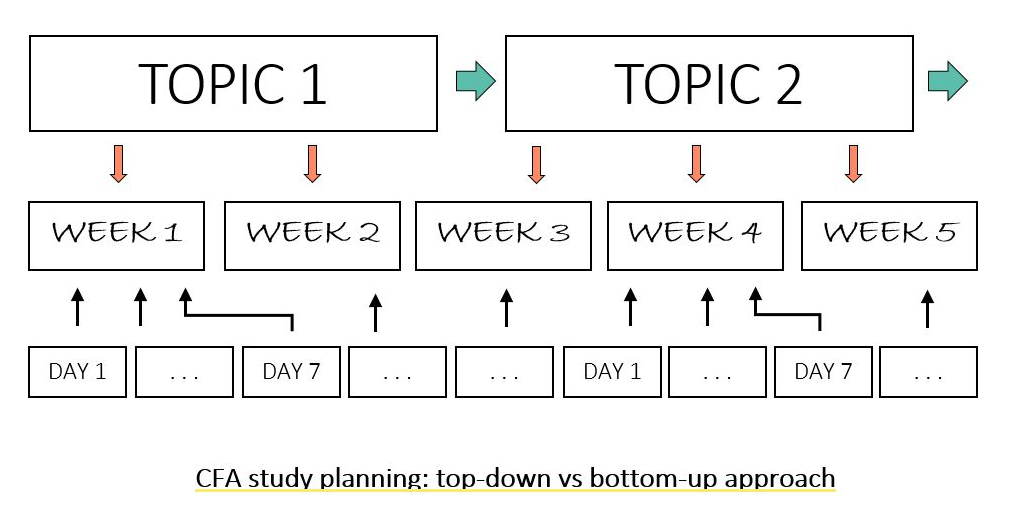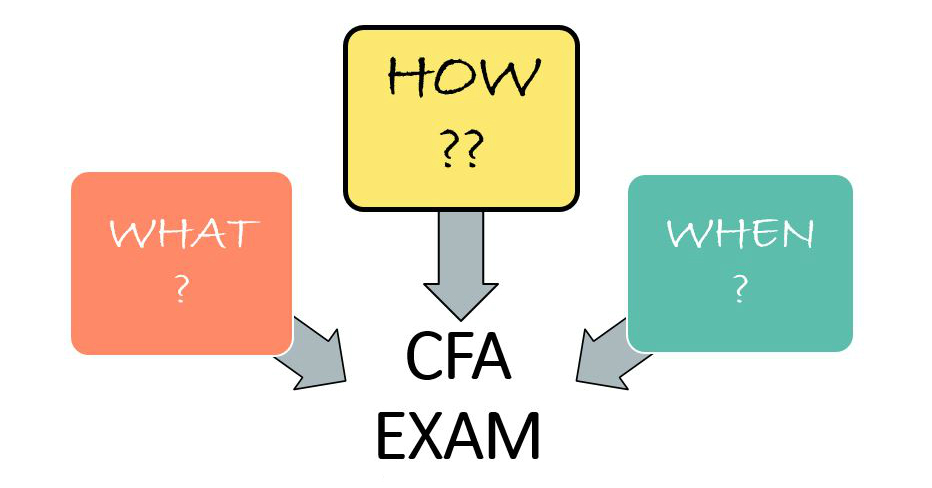Some time ago, when he wasn’t a politician yet, I came across this interview with Elon Musk on how to build the future. One of the things he was talking about was artificial intelligence and the possibility of creating a human-AI symbiote.
I don’t know what you think about such scenarios for our future. It's starting to happen to some degree and even though I tend to have my doubts sometimes…

…I must admit that when I hear Elon Musk saying “we have a digital tertiary self in the form of our email capabilities, our computers, phones, applications” and that – thanks to this – “we're practically superhuman,” it makes me think more intensively about our human species living in this world at this time of the 21st century.
And it makes me realize that we do have that tertiary digital form of ourselves, indeed. A vital part of our personality that we consciously choose and which – in a sense – defines who we are. “But we're extremely bandwidth-constrained in th[e] interface between the cortex and that tertiary digital form,” Musk explains. While this is an important issue for the future, as Musk insists, it is also a problem all students, including CFA exam candidates, are confronted with every day.
Because bandwidth is – to put it plain and simple – the information capacity of the human brain or, in other words, the amount of information we are able to deal with in a given amount of time.
Time & Memory: Your Worst Enemies!
Our limited bandwidth is the outcome of two specific constraints: time and memory. The constraints that you, as a candidate, need to control to get a successful exam prep. Being aware of that, I was more than happy when I realized there are ways to overcome the memory and time limitations I can tell you about.
As you know, every level of the CFA exam is like a 3000 vs 300 negotiation, meaning: you have over 3000 pages of curriculum to learn within about 300 hours of your total study time.
But your CFA exam prep can’t be only about WHAT and WHEN. It needs to be also about HOW. Because HOW gives you the means to surmount both MEMORY and TIME obstacles.
HOW
There are 3 HOWS that can definitely give you the upper hand:
- The FIRST HOW is to begin with the gist. You need to gain a general understanding of each topic tested in the exam. As soon as you grasp the must-know concepts and core ideas, you’ll be ready to build on your knowledge and further extend it by adding more and more detailed info. This way your memory is not overloaded and your knowledge improves over time.
- The SECOND HOW is about meeting theory with practice. In the exam, only 20% of all questions are purely theoretical. Computing questions, where you’ll mostly need the knowledge of formulas and your calculator, make up roughly 35% of all exam questions. The remaining 45% require logical interpretation of provided facts and data based on both theory and formulas. These are highly complicated problems that test your in-depth understanding of particular issues. You’ll be able to deal with them if you reconcile theory with practice all throughout your exam prep. Not only does such an approach enhance your understanding but it also effectively prepares you for the real exam experience.
- The THIRD HOW is to schedule review sessions alongside study sessions. Having a CFA exam study plan is undoubtedly the way to go. But leaving the review to the end of your prep is definitely a bad idea. The optimal learning process is when studying intertwines with revision. If you leave revision until before your exam, you’ll just find out how much you’ve already forgotten. But if you plan short revision sessions on a regular basis all throughout your exam prep, a month before your exam you’ll be delighted at what a great job you’ve done. Systematic study + revision sessions inside your study plan is what serves both your memory capabilities and time management best.
In Soleadea, we passionately care for these 3 HOWS!
Over the last year or so, we built a comprehensive study environment with the CFA Exam Study Planner at its core but not limited to planning. The planner allows you not only to schedule your exam prep. It also aims at your knowledge retention by motivating you to study, outlining the proper review system, and adopting the theory-and-practice approach. Inside your study plan, you can find lots of level 1 and level 2 study materials and apps like:
e-Books, Bite-size Videos, Tests (ready-made + own-generated in the Test App), Formulas App, Notes App for videos, tests & formulas, Mocks
These resources focus on the essence of the CFA Program curriculum and promote active learning. Take our e-books for example:
Our e-books include the most important concepts from the corresponding readings (learning modules) in your the CFA Program curriculum and lots of space for your own notes to help you structure your study, minimize forgetting, and improve retention.
How to use our e-books
to maximize your knowledge retention:
- 1. Print the e-book in duplex and bind it.
- 2. Read the e-book before reading the corresponding reading in your the CFA Program curriculum – it will help you grasp the idea of what this reading is all about.
- 3. Proceed to the corresponding reading in your curriculum. Mark your study sessions according to the Pomodoro technique (1st table on the 1st page). When studying, remember to put all the distractors (like mobile) aside. Focus on your job!
- 4. While doing the corresponding reading in your curriculum, come back to the e-book to add notes, examples, formulas, definitions, and relations – this way your knowledge retention improves.
- 5. Halfway through the reading, mark it as partially done in your study plan (it will change from gray to yellow ).
- 6. As you get to know the key concepts of the reading, write “a summary” for each (you can find key concepts at the beginning of the e-book).
- 7. Reread the e-book (including your own notes) after the whole corresponding reading in your curriculum to review what you’ve studied. Also, remember to rewrite all formulas (at the end of this e-book) – it will help you remember them better.
- 8. When you’re done with the whole reading, go to your study plan and mark the reading as done (it will change from yellow to green ).
- 9. Come back to the e-book from time to time and review it. Remember to mark your review sessions to hold yourself accountable (2nd table on the 1st page) – revision improves your long-term knowledge retention.
Against the Constraints:
Developing Active Learning Techniques
Before we move on, I’d like to confess something.
When I read the interview featuring Elon Musk, I started to think differently about Soleadea. It is no longer an e-learning portal I write copy for. It gained this wholly new perspective.
As it turns out, by helping CFA candidates enhance their memory and manage their study time, we are in line with the modern idea of the human brain and its bandwidth constraints.
Were you not bandwidth-constrained, you could transfer loads of data in short spans of time and – thus – prepare for your exam in the blink of an eye. But you’re not a computer. You’re a human being and you have real obstacles to deal with like the ones we talk about today, i.e. too little time to study & too poor knowledge retention (plus, how about your overconfidence, disorganization, procrastination, or ignorance? any problems with these?).
But your obstacles can be overcome.
Remember what Elon Musk said. With our “digital tertiary sel[ves] (…) we're practically superhuman”.
Soleadea surely aspires to become your tertiary digital study environment and provide you with the right study tools to help you out with a more productive and successful study process.
Using compact e-books surely gives you the means to develop active learning skills. But so does doing tests (generated from exam-type questions) or learning formulas with the aid of our Formulas App. Even while watching our bite-size videos you can actively learn thanks to making notes in our Notes App .
| STUDY TOOL | PASSIVE LEARNING | ACTIVE LEARNING |
|---|---|---|
| e-Books | Read for the gist as an intro to the reading Review the reading after you studied it |
Structure your study of the reading. In dedicated places: add notes, examples, short summaries, and rewrite formulas to remember them better |
| Bite-size Videos | Watch as an intro to a selected part of the topic (usually several subject-related readings) Review this part of the topic |
Add notes to videos using the Notes App & personalize your study content on the portal |
| Tests (ready-made + own-generated in the Test App) Mocks |
DOING TESTS IS ALWAYS ACTIVE LEARNING! |
Put theory into practice! Check and build knowledge included in readings (add notes to questions using the Notes App) + gain real exam experience |
| Formulas App | Learn by viewing formulas | Practice formulas either out loud or on a piece of paper (also add notes to formulas using the Notes App) |
Being short but informative, our videos enable you to use every little while of your precious time to your benefit. You can EITHER listen and watch simultaneously (which stimulates your brain to work more efficiently within reasonable attention spans) OR take advantage of their audio-video format and just listen e.g. when driving (which would make quality time of every minute spent in your car).
Since the theory is not enough, you will find lots of practice-oriented videos explaining problems by means of a calculator. That’s the tutorial part of how to practice. But because practice is about what we do ourselves (and not watch others doing), you can gain hands-on experience by doing as many exam-type questions as you can. All the questions are consistent with the CFA Institute requirements. Some of them are theoretical, some require computations (so you can use your calculator!) and some are mixed (they make you use various skills). To cut a long story short: all throughout your preparation, you can practice exam-type questions only! During the first weeks of your prep, you can opt for easier questions and increase their difficulty as you move on. Finally, you can rehearse your real exam by doing our mock.
While practicing, formulas may seem to be the biggest nuisance of all with all the symbols and then the arithmetics. Without enough practice, they are like a mission impossible. To emerge victorious in this challenge, you get to learn and practice with our special Formulas App, which you can easily access also on your mobile.
Last but not least, while using our portal do add some notes for each formula you practice, test you do, or video you watch! Notes always help us remember things better. Plus, they structure the study content the way we need.
Learn and keep coming back to learn even more.
WE’RE MOBILE FRIENDLY!
Do not hesitate and check out our STUDY PLANNER
As we approach the final of this post, let me go back to Elon Musk once again. In the interview about how to build the future, he said a thing about technology that struck me as true also for knowledge. If I paraphrase his words, they will read as follows:
“[People tend to think that] knowledge just automatically gets better (…). Actually, it doesn’t. It only gets better if smart people work like crazy to make it better.”
Be smart and, YES, WORK LIKE CRAZY!
This is what you’ll benefit from most.
Hard work.
PS. I am happy to have been given a chance to write for you this 3-post series. I hope it can help you understand your role as a candidate better and you'll deal with CFA exam prep more successfully.
Eagerly encouraging reflection, Margaret
About Soleadea:
Our CFA Exam Study Planner is available to candidates of all levels at groundbreaking Pay-What-You-Can prices. You decide how much you want to pay for our services. After you activate your account, you get unlimited access to our Study Planner 4.0 with study lessons inside (level 3 to come), various level 1/level 2 study materials & tools, regular review sessions, and a holistic growth approach to your preparation. Join




